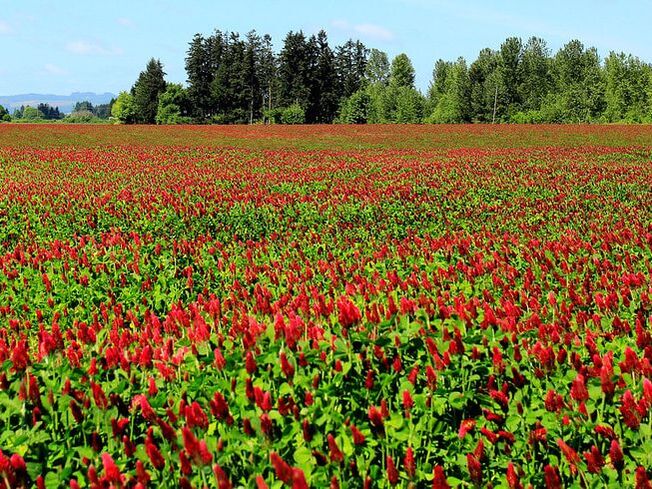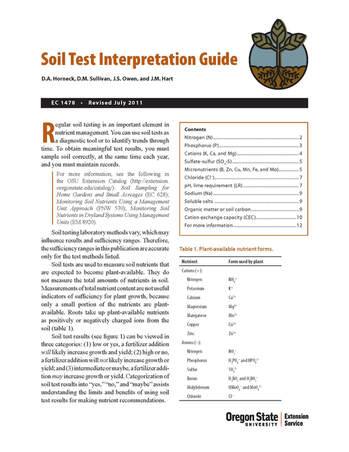Cover Crops
Soil health management is a growing concern for many farmers, ranchers, and land managers in Oregon and Washington. Cover crops can be an integral part of a soil health management system by adding plant diversity to a crop rotation. Cover crops have the potential to increase soil microbial diversity, feed the soil food web for a longer period, and provide plant residue which can help with soil moisture management, reducing temperatures, preventing surface crusting, and suppressing weeds. According to the NRCS Cover Crop Practice Standard (340), purposes of a cover crop include: reducing erosion from wind and water, increasing soil organic matter content, capturing, recycling or redistributing nutrients in the soil profile, promoting biological nitrogen fixation and reduced energy use, increasing biodiversity, suppression of pests and/or weeds, soil moisture management, reducing particulate emissions into the atmosphere, and minimizing and reducing soil compaction.
Cover Crops for sustainable crop rotations
|
Cover Crop calculators and selection tools |
Soil Testing and fertilization guides
Soil tests are undoubtedly one of the most useful and informative pieces of data that producers and landowners have access to. These tests can guide fertilizer and nutrient applications, help to explain issues in particular areas of a field, and more importantly, can be used to track and establish long term trends in soil health, if tests are taken and analyzed on a regular (annual or bi-annual) basis. Resources to help landowners and producers through the process of taking and interpreting soil tests can be found below, but typically, a producer will take the samples according to established guidelines, they will aggregate and securely store the samples to limit potential contamination, send them to a lab of their choosing (for a fee), and then the results are sent back via mail or email. Producers can use these results to guide their decision making if they're familiar with soil testing, but others will opt to work with an agronomists, soil scientists, SWCD staff, and NRCS Soil Conservationists to help interpret and guide their decisions.






